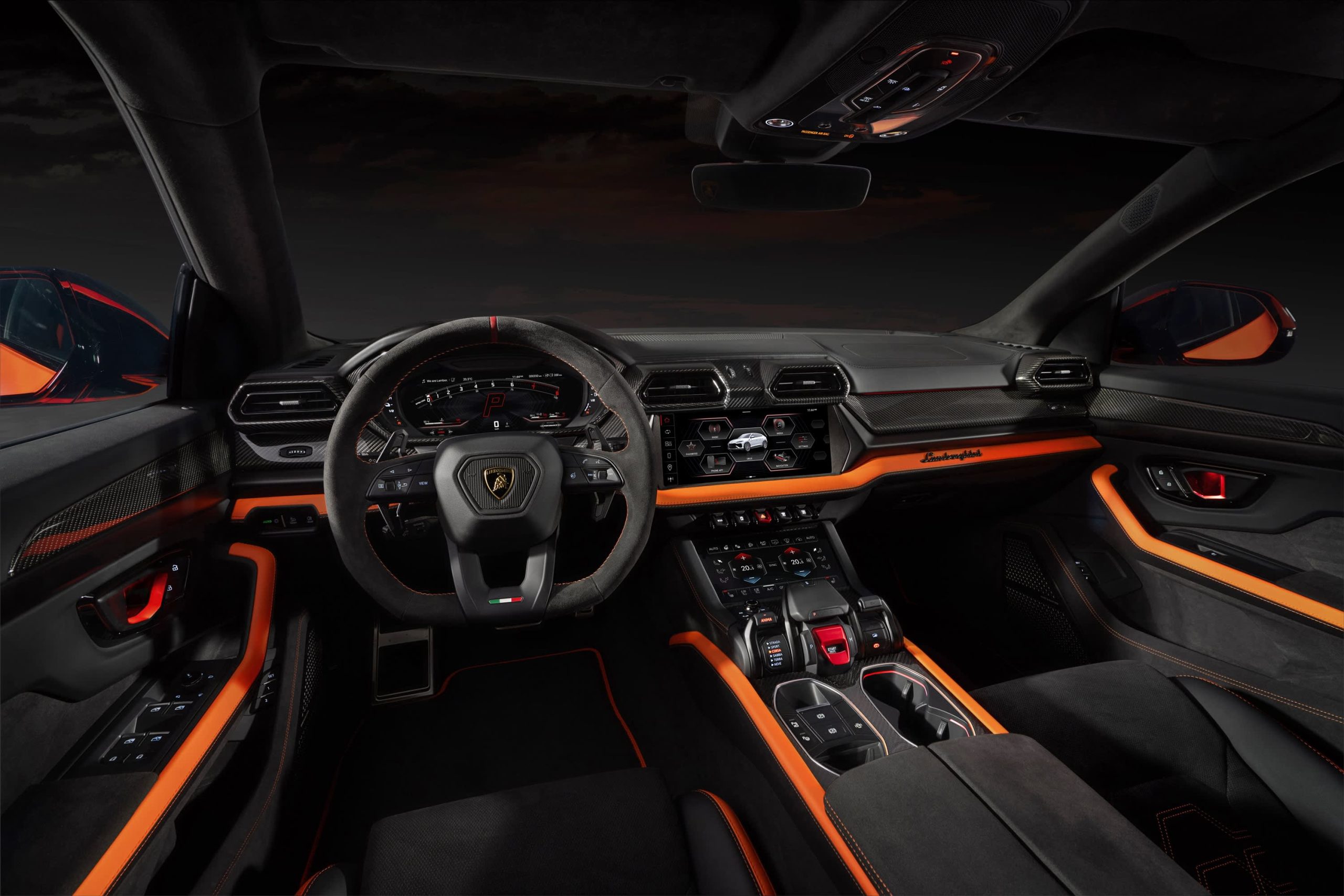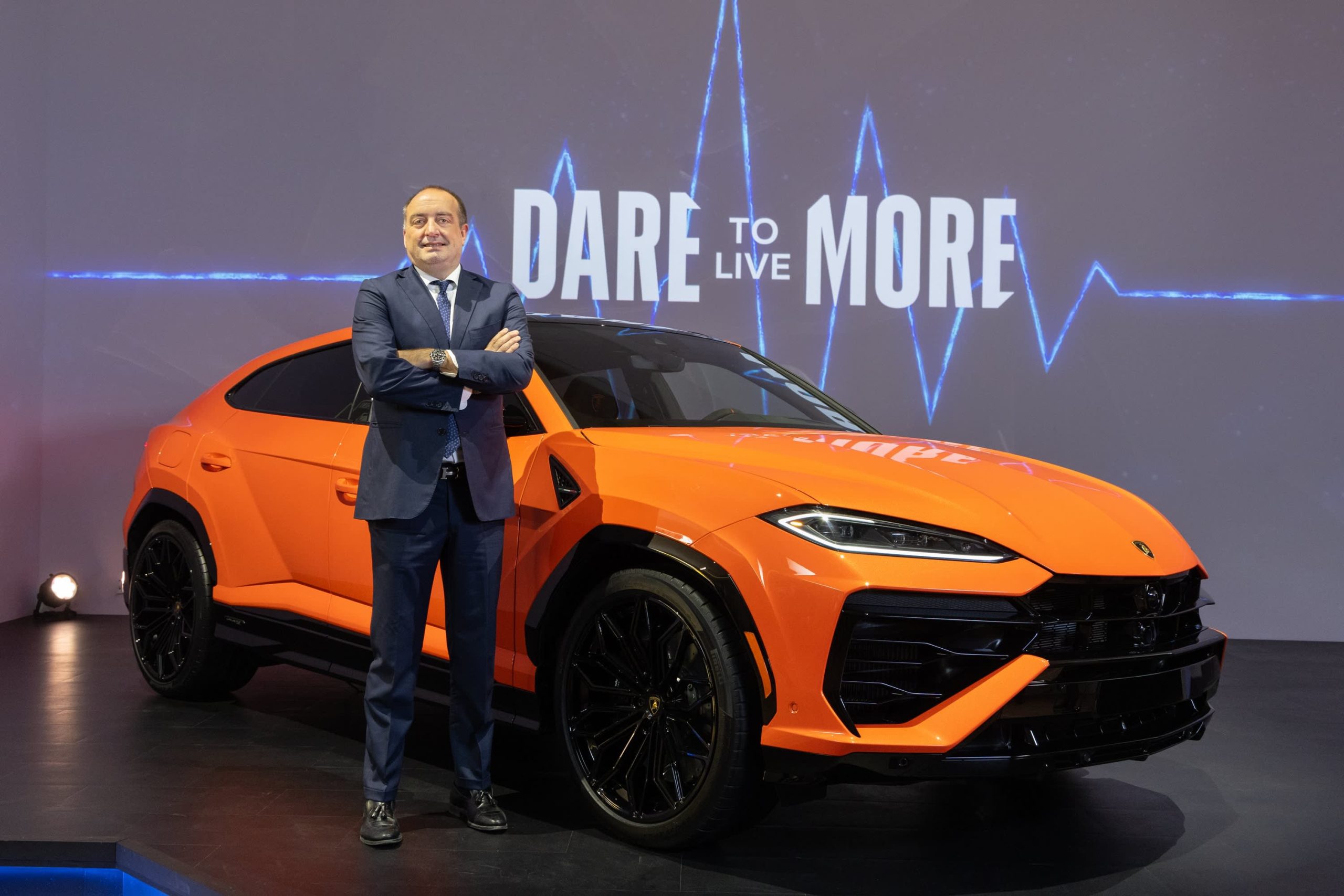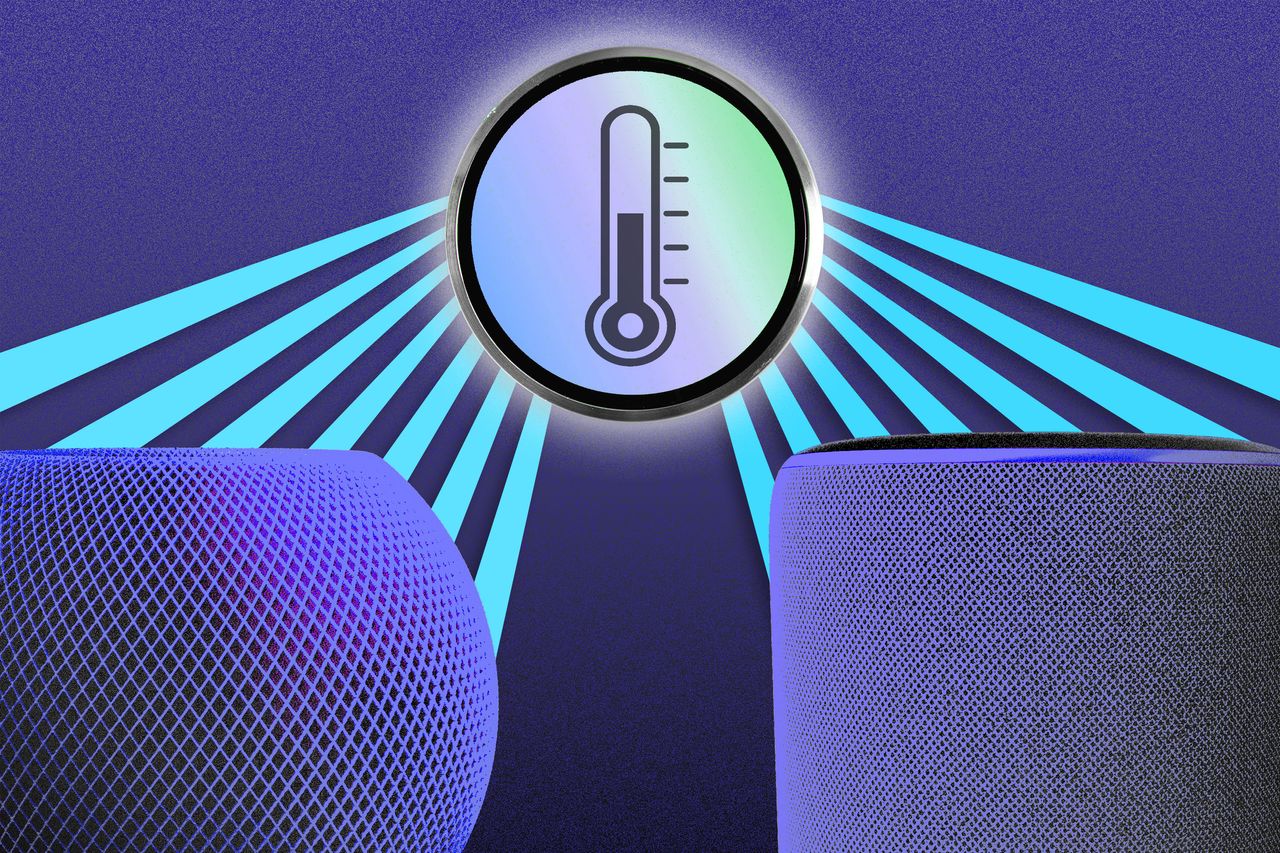Why Apple, Amazon and Google Are Uniting on Smart-Home Tech
The new standard, arriving this year, provides a common language so all your devices can communicate with each other.
If you think about smart-home gadgets at all, you probably think about energy-saving thermostats or lights you control with an app. Most people don’t worry about how they work, let alone how they might work together.
Some of tech’s biggest players—Apple Inc., Alphabet Inc.’s Google, Amazon.com Inc. and Samsung Electronics Co.—have established smart-home platforms, so your iPhone can turn off the lights or Alexa can change the thermostat without too much extra setup. But that still means shoppers must check if new products work with the tech they already have at home.
Compatibility issues and setup complexity have made people slow to go all-in with smart-home technology. A new standard, called Matter, aims to change that.
When it rolls out this year, Matter will act as a common language spoken by most new—and many older—smart-home products. You could buy any gadget you wanted and connect it to whichever app you prefer. You’ll be able to control it with the voice assistant of your choice, or even use multiple assistants and apps inside your home.
Even though Matter would work behind the scenes, it could mean more affordable devices that are easier to set up and even play nicely together.
What’s perhaps most surprising: All the biggest names in smart-home tech are on board, so going forward, you won’t be trapped in one walled garden. If you get tired of Alexa and want to switch to Apple’s HomePod Mini, you could do it without having to also buy new automated blinds. (It’s a little like the film industry going all-in on VHS back in the day.)
“We all really recognized that unless we solved some foundational problems that were hitting all of us across the industry, this industry just wasn’t going to grow,” said Michele Turner, senior director of Google smart-home ecosystem.
Along with the tech giants, over 220 other companies support Matter. Between now and the end of the decade, vendors will ship more than 5.5 billion Matter-compliant smart-home devices, according to ABI Research.
Matter is designed to be more secure and private than other smart-home systems, in part because it can perform some basic functions without sending messages to the cloud. And you probably won’t have to throw out all your old smart devices.
That’s not to say the companies supporting Matter won’t try to lock you in somehow. Matter defines basic functionality, but advanced features will still be linked to companies—like how AirPods work better with Apple devices.
‘So Dead Simple’
Initially, Matter will run in door locks; sensors for motion, air quality and more; thermostats; lighting; garage-door openers; blinds and shades; smart plugs; and smart TVs. More complex smart-home products, such as security cameras, robot vacuums and appliances, won’t be supported at launch.
When a developer wants to add a feature to its smart-home product, it has to expend resources to update the software for every platform. With Matter, most changes would only need to be made once, so developers could lower their prices.
Once you get your Matter-compatible product home, setup will be easy—you would just scan a QR code to add it to your network. “The goal is for the vast majority of devices out there—lights, plugs, switches, sensors—to make that initial setup so dead simple that it just takes a couple of seconds,” said Ms. Turner.
You can give your housemates smart-home access, letting them turn on the lights with Alexa while you use Siri. And if you have a mishmash of gear in your home, you might even get it all to work together. Right now, most people buy smart-home devices to address a “singular need,” said Adam Wright, an analyst with technology research firm International Data Corp., but that could change as more are compatible with Matter.
Quitting the Cloud
Google and Amazon’s home devices regularly communicate with the cloud, while Apple’s HomeKit is designed to work without as much internet dependence. Smart-home commands stay inside your home, which can make responses faster and more private. Matter takes a similar approach to HomeKit. If there’s an internet outage, your Matter-enabled products could still work, much like how your Wi-Fi printer still operates when your broadband is down.
“All smart-home accessories will have the same level of security, privacy and ease of use that Apple customers enjoy today with HomeKit accessories,” Apple spokeswoman Jacqueline Roy said.
In the past, Eve Systems GmbH didn’t link its smart plugs and sensors with Google and Amazon because they depend on the cloud, said Tim Both, Eve’s senior brand and product manager. Eve didn’t want to be responsible for user data. With Matter, the system’s data can stay inside your home, even if you use Google or Amazon’s platforms.
Amazon and others will still use the cloud for some things. Older Alexa-enabled smart speakers can’t process commands without it, said Chris DeCenzo, a principal engineer at Amazon working on smart home and Alexa devices, adding that the cloud is “a critical component of infrastructure for many, many smart-home devices and services today.”
All New Stuff?
If you already bought into the smart-home life, you won’t have to start over. Not completely, anyway.
All Philips Hue lights will work with Matter when the Hue bridges that control them get updated software, said George Yianni, co-founder of the Philips Hue lighting business, who now runs its R&D for parent company Signify NV. “Even ones we sold 10 years ago will become Matter-compatible.”
Most newer products from the giants will work with the new standard. Google’s Nest Wifi and its recent Hub displays will become connection points for Matter, while all Nest displays and speakers will get updates to control Matter devices. The newest Nest Thermostat will be compatible as well.
Nearly all Amazon Echo devices will let you set up and control Matter, too. Apple’s HomePod Mini and second-generation Apple TV 4K will be able to act as Matter hubs, as will Samsung’s SmartThings Hub v3.
Products that can’t be updated will continue to work as before, just without the increased compatibility. Assa Abloy Group will upgrade some of its Yale locks, but it can’t update its August line. Matter wasn’t designed “in a way that we can reliably run it on a Wi-Fi lock that runs on batteries,” said Jason Williams, president of the company’s August and Yale smart-lock businesses. The batteries would drain quickly, creating a poor user experience.
Some Yale locks can be upgradable with a hardware module—so you don’t have to buy a new lock but you still might have to spend a bit extra. The company aims to make all future consumer locks work with Matter, Mr. Williams said.
Despite any initial shortcomings, Matter may be the key to smarter homes, even the homes of people without Ph.D.s in electrical engineering.
“We know we’re competing with a light switch,” said Samantha Fein, vice president of business development and marketing at Samsung’s SmartThings. “So if it’s not as easy as that, we’re not going to get anywhere.”
 Copyright 2020, Dow Jones & Company, Inc. All Rights Reserved Worldwide. LEARN MORE
Copyright 2020, Dow Jones & Company, Inc. All Rights Reserved Worldwide. LEARN MORE
This stylish family home combines a classic palette and finishes with a flexible floorplan
Just 55 minutes from Sydney, make this your creative getaway located in the majestic Hawkesbury region.
The marketplace has spoken and, at least for now, it’s showing preference for hybrids and plug-in hybrids (PHEVs) over battery electrics. That makes Toyota’s foot dragging on EVs (and full speed ahead on hybrids) look fairly wise, though the timeline along a bumpy road still gets us to full electrification by 2035.
Italian supercar producer Lamborghini, in business since 1963, is also proceeding, incrementally, toward battery power. In an interview, Federico Foschini , Lamborghini’s chief global marketing and sales officer, talked about the new Urus SE plug-in hybrid the company showed at its lounge in New York on Monday.

Lamborghini
The Urus SE SUV will sell for US$258,000 in the U.S. (the company’s biggest market) when it goes on sale internationally in the first quarter of 2025, Foschini says.
“We’re using the contribution from the electric motor and battery to not only lower emissions but also to boost performance,” he says. “Next year, all three of our models [the others are the Revuelto, a PHEV from launch, and the continuation of the Huracán] will be available as PHEVs.”
The Euro-spec Urus SE will have a stated 37 miles of electric-only range, thanks to a 192-horsepower electric motor and a 25.9-kilowatt-hour battery, but that distance will probably be less in stricter U.S. federal testing. In electric mode, the SE can reach 81 miles per hour. With the 4-litre 620-horsepower twin-turbo V8 engine engaged, the picture is quite different. With 789 horsepower and 701 pound-feet of torque on tap, the SE—as big as it is—can reach 62 mph in 3.4 seconds and attain 193 mph. It’s marginally faster than the Urus S, but also slightly under the cutting-edge Urus Performante model. Lamborghini says the SE reduces emissions by 80% compared to a standard Urus.
Lamborghini’s Urus plans are a little complicated. The company’s order books are full through 2025, but after that it plans to ditch the S and Performante models and produce only the SE. That’s only for a year, however, because the all-electric Urus should arrive by 2029.

Lamborghini
Thanks to the electric motor, the Urus SE offers all-wheel drive. The motor is situated inside the eight-speed automatic transmission, and it acts as a booster for the V8 but it can also drive the wheels on its own. The electric torque-vectoring system distributes power to the wheels that need it for improved cornering. The Urus SE has six driving modes, with variations that give a total of 11 performance options. There are carbon ceramic brakes front and rear.
To distinguish it, the Urus SE gets a new “floating” hood design and a new grille, headlights with matrix LED technology and a new lighting signature, and a redesigned bumper. There are more than 100 bodywork styling options, and 47 interior color combinations, with four embroidery types. The rear liftgate has also been restyled, with lights that connect the tail light clusters. The rear diffuser was redesigned to give 35% more downforce (compared to the Urus S) and keep the car on the road.
The Urus represents about 60% of U.S. Lamborghini sales, Foschini says, and in the early years 80% of buyers were new to the brand. Now it’s down to 70%because, as Foschini says, some happy Urus owners have upgraded to the Performante model. Lamborghini sold 3,000 cars last year in the U.S., where it has 44 dealers. Global sales were 10,112, the first time the marque went into five figures.
The average Urus buyer is 45 years old, though it’s 10 years younger in China and 10 years older in Japan. Only 10% are women, though that percentage is increasing.
“The customer base is widening, thanks to the broad appeal of the Urus—it’s a very usable car,” Foschini says. “The new buyers are successful in business, appreciate the technology, the performance, the unconventional design, and the fun-to-drive nature of the Urus.”
Maserati has two SUVs in its lineup, the Levante and the smaller Grecale. But Foschini says Lamborghini has no such plans. “A smaller SUV is not consistent with the positioning of our brand,” he says. “It’s not what we need in our portfolio now.”
It’s unclear exactly when Lamborghini will become an all-battery-electric brand. Foschini says that the Italian automaker is working with Volkswagen Group partner Porsche on e-fuel, synthetic and renewably made gasoline that could presumably extend the brand’s internal-combustion identity. But now, e-fuel is very expensive to make as it relies on wind power and captured carbon dioxide.
During Monterey Car Week in 2023, Lamborghini showed the Lanzador , a 2+2 electric concept car with high ground clearance that is headed for production. “This is the right electric vehicle for us,” Foschini says. “And the production version will look better than the concept.” The Lanzador, Lamborghini’s fourth model, should arrive in 2028.
Consumers are going to gravitate toward applications powered by the buzzy new technology, analyst Michael Wolf predicts
Just 55 minutes from Sydney, make this your creative getaway located in the majestic Hawkesbury region.






















